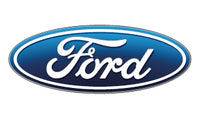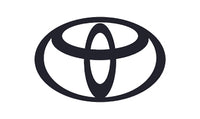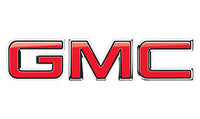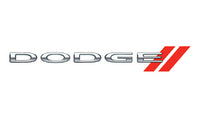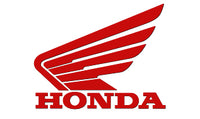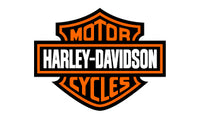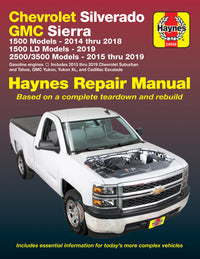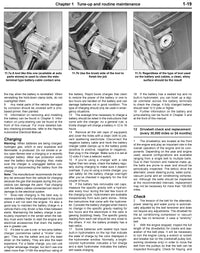A piston is pretty much just a solid cylinder of metal that moves up and down in a similarly cylindrical hollow in the engine block. The piston itself is slightly smaller than the tube it moves in, but it is banded by piston rings under tension that manage to achieve an (nearly) air-tight seal against the inner side of this 'barrel'. The piston is attached via a wrist pin to a connecting rod, which in turn is connected to the crankshaft, and together they turn the up and down (reciprocating) motion into round and round (rotational) motion to drive the wheels.
Internal combustion engines can operate with just a single cylinder and therefore one piston (motorcycles and lawnmowers) or as many as 12, but most automobiles have four, six, or eight.
Pistons also feature in external combustion engines, otherwise known as steam engines, where water is heated in a boiler and the resulting steam is used to propel a pistons in external cylinders, which then drive the wheels.
In a rotary engine, there are no pistons, cylinders or valves, just triangular shaped rotors spinning around. But there are currently no Wankel rotary engines in production, the last one being the Mazda RX-8 in 2012.
In every four-stroke (gasoline or diesel) car engine, the intake, compression, combustion and exhaust process takes place above the crown of the piston, which forces the piston to move up and down (or side to side in horizontally opposed engines, like the Porsche or Subaru) within the cylinder. The piston pushes upward compressing the fuel and air into a much smaller space in the cylinder head, where it is then ignited by the spark plug. The resulting explosion forces the piston downward, creating exhaust gases. A much more complete explanation can be found here.
What are pistons made of?
Engine components today need to be tough for longevity and lightweight to improve efficiency, which means all pistons are some form of aluminum alloy. But back in the dawn of the horseless carriage era pistons were made of cast iron because they were very long wearing, and resistant to heat that could quickly melt aluminum. As metallurgy progressed, and temperatures were kept under better control through more efficient design, the lightness of aluminum quickly won out, and allowed much higher RPM to be achieved.
The piston rings continued to be made out of cast iron and steel alloys, because of their higher spring constant. The ring package usually comprises, from top to bottom, a compression ring, a wiper ring and an oil ring all made from cast iron or steel.
The compression ring seals the gap between piston and cylinder. The second, wiper ring, contributes to the compression as well as wiping excess oil off the walls of the cylinder as the piston moves downward. The oil ring, is actually made of 2 rings and a spreader in most motors, and also wipes oil from the cylinder wall, then allows it to drain back through small holes in the ring land. But over time the rings can wear and lose their elasticity, allowing oil from the crankcase to move into the combustion chamber. Excessive oil consumption and bluish smoke from the tailpipes usually indicates piston ring wear.
